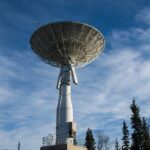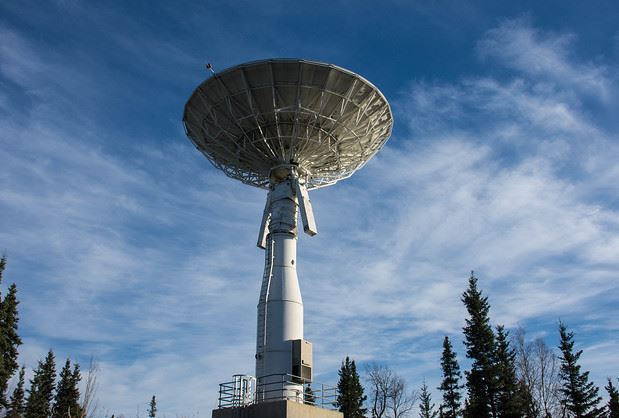Satellites
Ground Networks
Ground Networks


Ground stations serve as the links between Earth and space, tying together terrestrial and space infrastructure. They track satellites and spacecraft, as well as communicate with and control satellites, probes, crewed space vessels, and space stations.
2012 – Ground Networks
Satellite teleports are permanent ground-based satellite uplink facilities. Teleports consist of several satellite dishes sited near a major terrestrial communications backbone, and they serve as the link between terrestrial communications infrastructure and in-orbit telecommunications satellites. According to WTA’s teleport industry report, a total of ## teleports were operated by commercial and broadcast companies worldwide as of 2010.
2011 – Ground Networks – Snapshot
Earth observation satellites produce the largest amounts of data to be transmitted to Earth on a regular basis and thus require dedicated data processing ground stations. While all satellites require ground stations to keep track of them and relay commands, Earth observation satellites are specifically intended to gather large amounts of data through a variety of sensors and then transmit that data back down for interpretation and storage.
2010 – Ground Networks – Snapshot
An essential element of space infrastructure, ground stations transmit commands to and receive data from spacecraft. They also often contain facilities to process that data, particularly in the case of Earth observation satellites. The data sent from ground stations includes command and control data, software upgrades, and other mission-critical instructions. Satellites send information such as tracking and telemetry data in addition to imagery and scientific observations.
2009 – Ground Networks – Snapshot
Ground stations are an essential but often overlooked segment of space infrastructure. Ground stations connect satellites to terrestrial networks and collect satellite information ranging from tracking and telemetry to imagery and scientific data. The stations also upload information to spacecraft, including command and control data, software upgrades, and other mission-critical instructions. Employees at some ground stations process, analyze, and distribute satellite-based data, products, and services.
2007 – Ground Networks
Ground station infrastructure is a key component of space systems providing command control, tracking, and telemetry services for launch vehicles, satellites, and other platforms. Worldwide tracking systems operated by government agencies support launch command and control. In addition, space situational awareness systems like the U.S. Space Surveillance Network track space debris and assist with collision avoidance.
2005 – Ground Networks
Ground station infrastructure provides command, control, tracking, and telemetry systems for launch vehicles, satellites, and other platforms. Worldwide tracking systems operated by government agencies support launch command and control. Satellite ground stations are operated either by commercial or government entities; their components include the large satellite receivers used to transmit and receive signals to and from satellites on orbit for the purpose of communication, navigation, or data transfer.